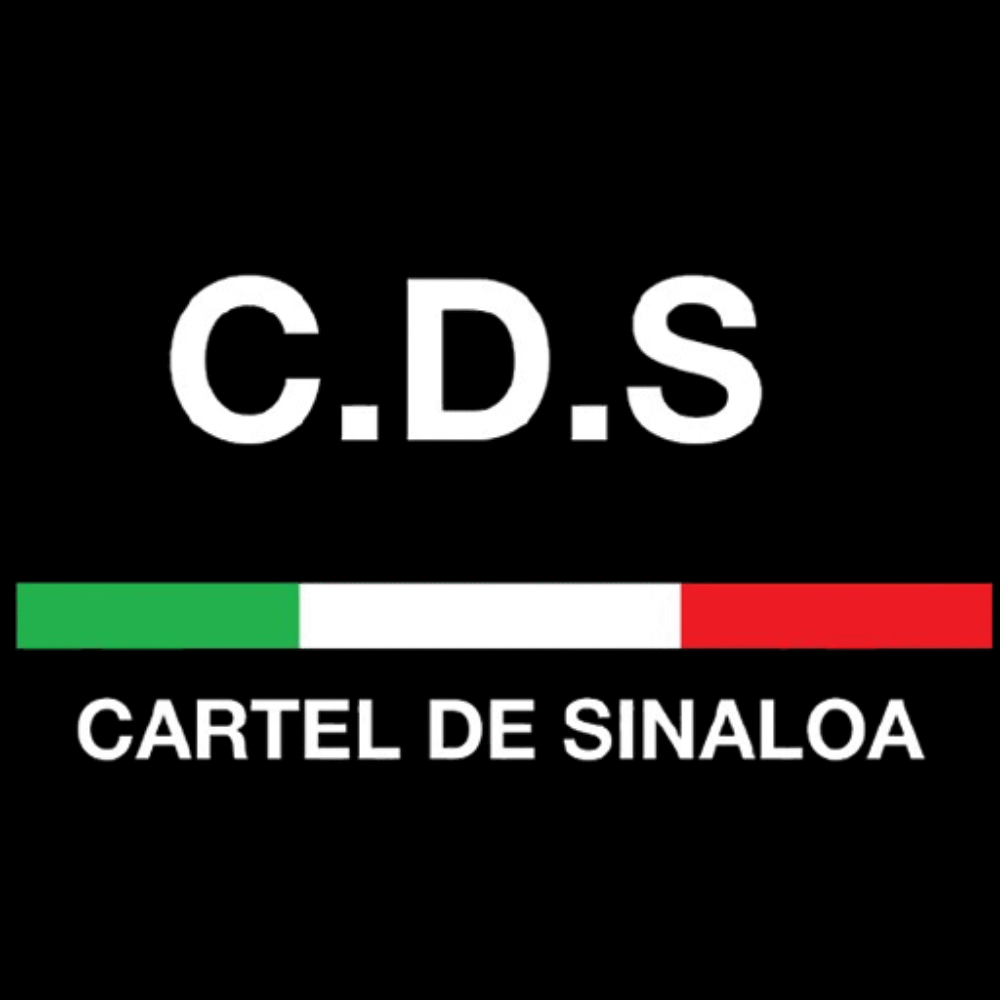Sinaloa Cartel vs Jalisco Cartel: Who Controls the Global Drug Trade?
The battle for control over the global drug trade in 2025 is dominated by two powerful Mexican criminal organizations: the Sinaloa Cartel and the Jalisco New Generation Cartel (CJNG). These cartels control the majority of cocaine, fentanyl, heroin, and methamphetamine trafficking routes from Mexico across the Americas and into global markets. Understanding who controls the global drug trade requires analyzing their territorial influence, smuggling operations, and international reach.
Sinaloa Cartel: The Established Global Powerhouse
- Known as the longest-standing cartel, with decades of experience in international drug trafficking.
- Controls major drug trafficking routes from South America to the U.S., Europe, Asia, and Africa.
- Extensive corruption networks enable smooth operations in key ports like Manzanillo and Mazatlán.
- Diversified narcotics portfolio including cocaine, heroin, methamphetamine, and synthetic fentanyl.
- Strong alliances with international criminal organizations and drug distribution networks worldwide.
Jalisco New Generation Cartel (CJNG): The Rapidly Expanding Rival
- Emerged as a fierce competitor with aggressive territorial expansion across Mexico and into the U.S.
- Controls key Pacific ports such as Lázaro Cárdenas, crucial for methamphetamine and precursor chemical shipments.
- Known for militarized tactics and high-profile violence to assert dominance.
- Expanding influence in Central America and forging new international trafficking routes.
- Investing heavily in synthetic drug production, especially fentanyl.
Comparing Control of Global Drug Trade
- Territorial Reach: Sinaloa maintains broader international reach with established routes across multiple continents; CJNG focuses heavily on Mexico, the U.S., and expanding Central American corridors.
- Logistics and Infrastructure: Sinaloa benefits from decades of entrenched logistics networks, including cartel-controlled ports, narco tunnels, and advanced smuggling technology; CJNG rapidly adapts with militarized enforcement and diversified trafficking methods.
- Product Range: Both handle cocaine, heroin, methamphetamine, and fentanyl, but Sinaloa’s historic dominance in cocaine and heroin contrasts with CJNG’s growing strength in synthetic drugs.
- Law Enforcement Impact: CJNG’s aggressive violence has drawn significant international law enforcement attention, while Sinaloa’s relative operational secrecy provides resilience.
Conclusion (Sinaloa Cartel vs Jalisco Cartel: Who Controls the Global Drug Trade?)
The Sinaloa Cartel continues to lead the global drug trade in 2025 through its expansive trafficking networks and control over cocaine, fentanyl, heroin, and methamphetamine markets worldwide. Although the Jalisco New Generation Cartel is a formidable and rapidly growing rival, Sinaloa’s established international infrastructure keeps it firmly on top. The ongoing rivalry between these two cartels profoundly impacts global narcotics markets and law enforcement strategies.


